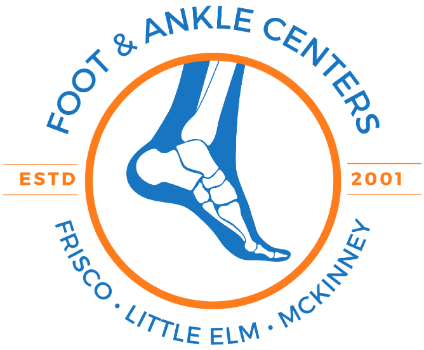Foot and Ankle Bursitis
Bursitis in the foot and ankle is an inflammation of a bursa, a small fluid-filled sac that cushions and protects the tendons and muscles around the joints. At Foot & Ankle Centers of Frisco, Little Elm, & McKinney in Frisco, Little Elm, and McKinney, Texas, our leading podiatrists use some of the latest diagnostics and treatment techniques to achieve optimal outcomes for each patient. To learn more, book your appointment today.


Understanding Your Symptoms and Diagnosing Bursitis
Bursitis in the foot and ankle is typically diagnosed by a physical exam. Your doctor will look for inflammation, redness, and warmth in the affected area. If the bursa is severely swollen, your doctor may order an X-ray or an ultrasound to look for any bone spurs or other signs of damage. Blood tests may also be ordered to rule out infection or other underlying medical conditions.

